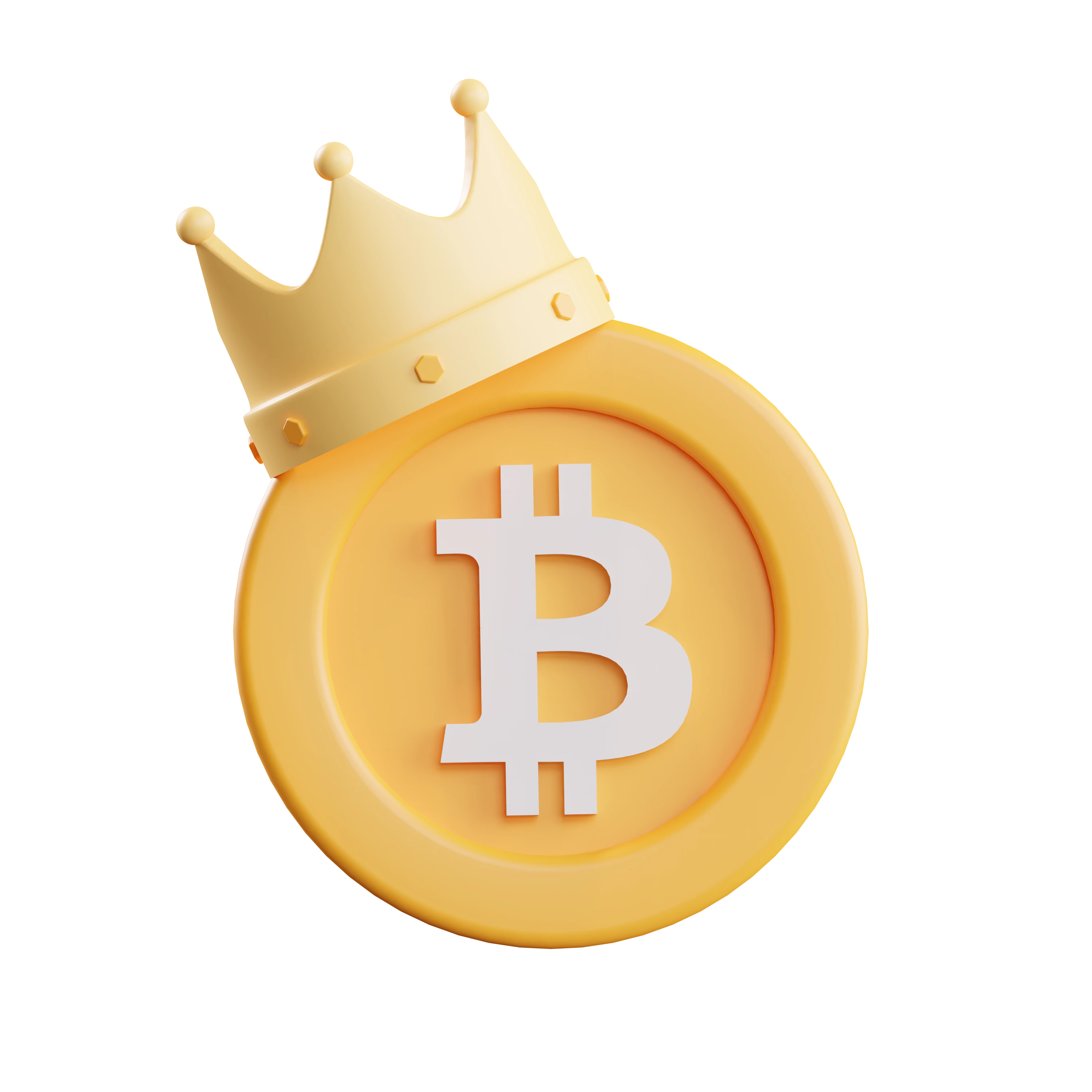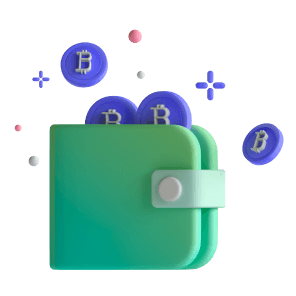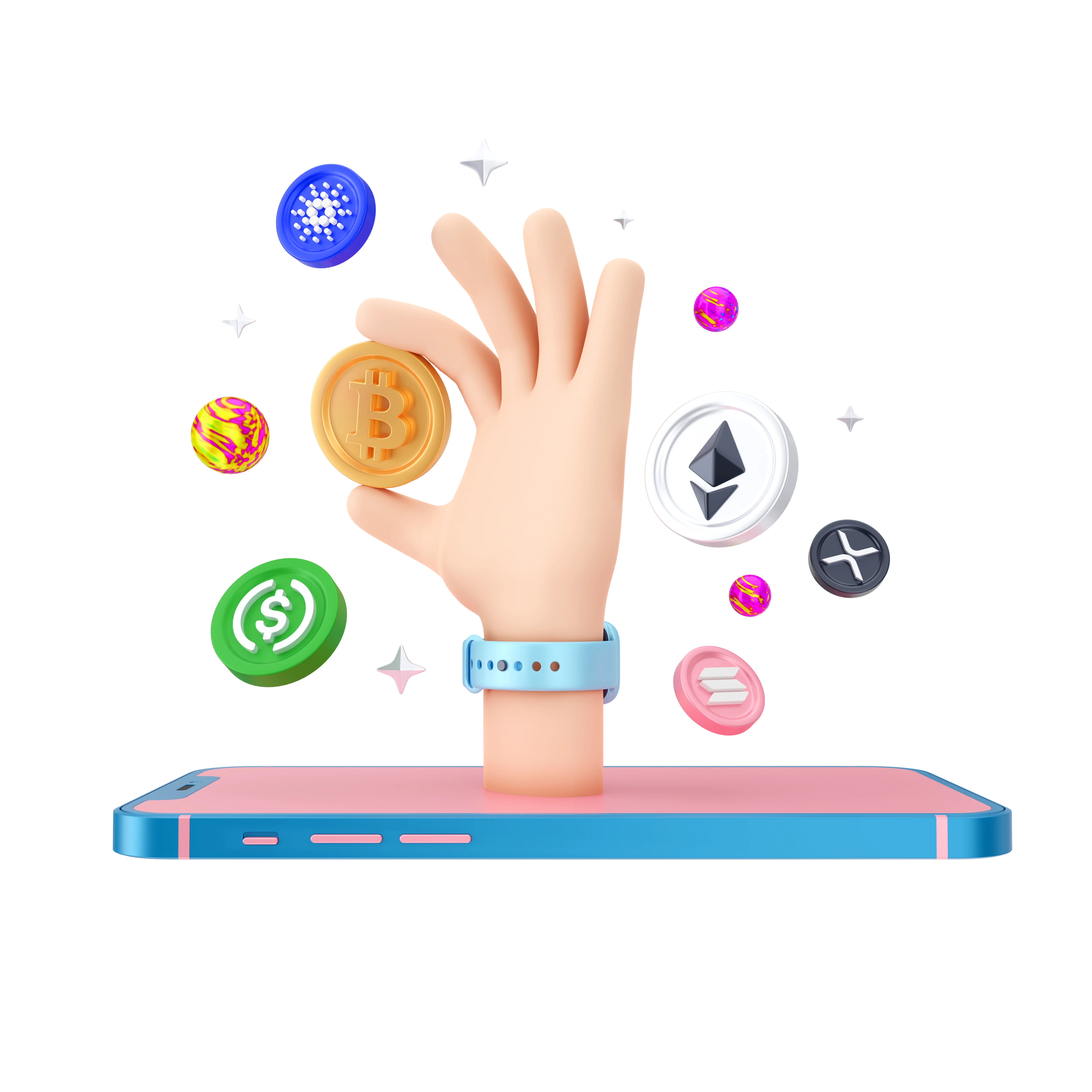Bitcoin (BTC) was invented by a pseudonymous individual or group named Satoshi Nakamoto in 2008 and is the world’s first enduring cryptocurrency that succeeded where decades of digital cash experiments failed. Bitcoin’s monetary policy is enforced through a unique blend of software, cryptography and financial incentives rather than the whim of trusted third parties. The Bitcoin network is powered by a cryptographically secure, verifiable database called the blockchain — itself a technological phenomenon. The Bitcoin ecosystem consists of a global network of stakeholders, including the miners that secure the network and drive the issuance of the Bitcoin currency, the traders who speculate on this radically market-driven asset, and the builders working to onboard people to the cryptocurrency paradigm.




















